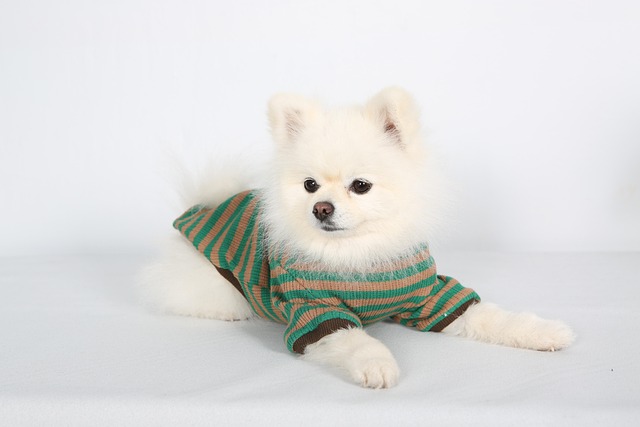
What vitamin is good for dogs' skin
Seeing your dog constantly scratch or noticing dry, flaky skin can make you wonder if a simple vitamin might be the solution.
Bringing home newborn puppies sparks that irresistible urge to scoop them up immediately. Who could blame you? Those tiny paws, that milky scent—it's pure magic. But here's the uncomfortable truth many well-meaning owners overlook: rushing this delicate process risks far more than we realize. Let's clear the air about those persistent myths. No, your scent won't make the mother reject her litter if you handle them briefly. And no, waiting weeks isn't just overcaution—it's survival science.
Understanding a puppy's first days requires peeking under nature's hood. Born blind and deaf, they navigate entirely through touch and scent for survival. Their nervous systems? Still wiring up. That skin-to-fur contact with their mother regulates everything—body temperature, heart rate, even digestion. Disturb this cocoon too soon, and you disrupt a biological symphony. Neurologically, those initial 14 days are about imprinting safety. Stress hormones flooding undeveloped brains can literally reshape stress responses for life. It's not drama; it's developmental reality.
So what actually happens if we jump the gun? The risks stack higher than most anticipate. Infection tops the list—newborns lack immune defenses, making even clean hands potential carriers. Ever seen a fading puppy? It's gut-wrenching. Stress-induced hypothermia drops their temperature rapidly, shutting down organs. Then there's the mother. An anxious dam might relocate pups constantly or—in extreme cases—neglect them. One breeder I know learned this brutally: handling day-old pups led to mastitis in the mother and two puppies failing to thrive. Heartbreaking and preventable.
Timing, then, becomes an art. The golden window? Three weeks. By then, eyes open, ears function, and immune systems kick in. But watch the dam's cues—if she's still growling when you near the whelping box, pause. Start with mere minutes of gentle touch while she watches. Actually, I've found litters from confident mothers tolerate brief handling as early as day 10, but never push it. This balancing act—health versus socialization—demands reading canine body language like poetry.
Get it right, though, and the benefits cascade. Properly timed handling between weeks 3-8 wires puppies for resilience. Studies tracking service dogs proved it: pups touched during this phase adapted 30% faster to novel environments. Their stress cortisol levels? Noticeably lower. That first gentle human touch imprints security, curbing future aggression. One client's formerly timid rescue golden retriever? Now a therapy dog visiting hospitals. That transformation began with respecting week three.
Ready to interact? Hygiene isn't negotiable. Scrub hands with unscented soap—perfumes confuse puppy noses. Support their entire body; dangling legs trigger panic. Keep sessions under five minutes initially. If a pup shivers or cries, return it immediately. Pro tip: rub a towel on the mother first to transfer her scent onto your hands. That said, never separate newborns from littermates during handling—their sibling huddle is their thermostat.
Patience here pays lifelong dividends. Waiting those critical weeks builds healthier bodies, steadier temperaments, and dogs who trust instead of fear. It’s not about denying cuddles—it’s about earning a lifetime of them responsibly. Your future self, watching your dog confidently navigate the world, will thank you for that restraint.

Seeing your dog constantly scratch or noticing dry, flaky skin can make you wonder if a simple vitamin might be the solution.

If you’re a new dog parent in the US—maybe you’re sitting on your Portland apartment couch, staring at your 1-year-old Australian Shepherd

If you’re a new dog parent in the US—maybe you’re sitting on your Atlanta apartment floor, holding your 6-week-old Beagle puppy, Daisy, who’s curled up in your lap

If you’re a new dog parent in the US—maybe you’re standing in your Denver apartment’s kitchen, staring at a bag of high-quality puppy kibble and a bottle

Seeing your puppy grow daily is amazing, and it’s natural to want to give them every advantage, including supplements.

Brown stains on white dog fur aren’t just unsightly—they can also hint at underlying issues like tear duct irritation or poor grooming habits, which matter even more when you’re following local pet care laws.